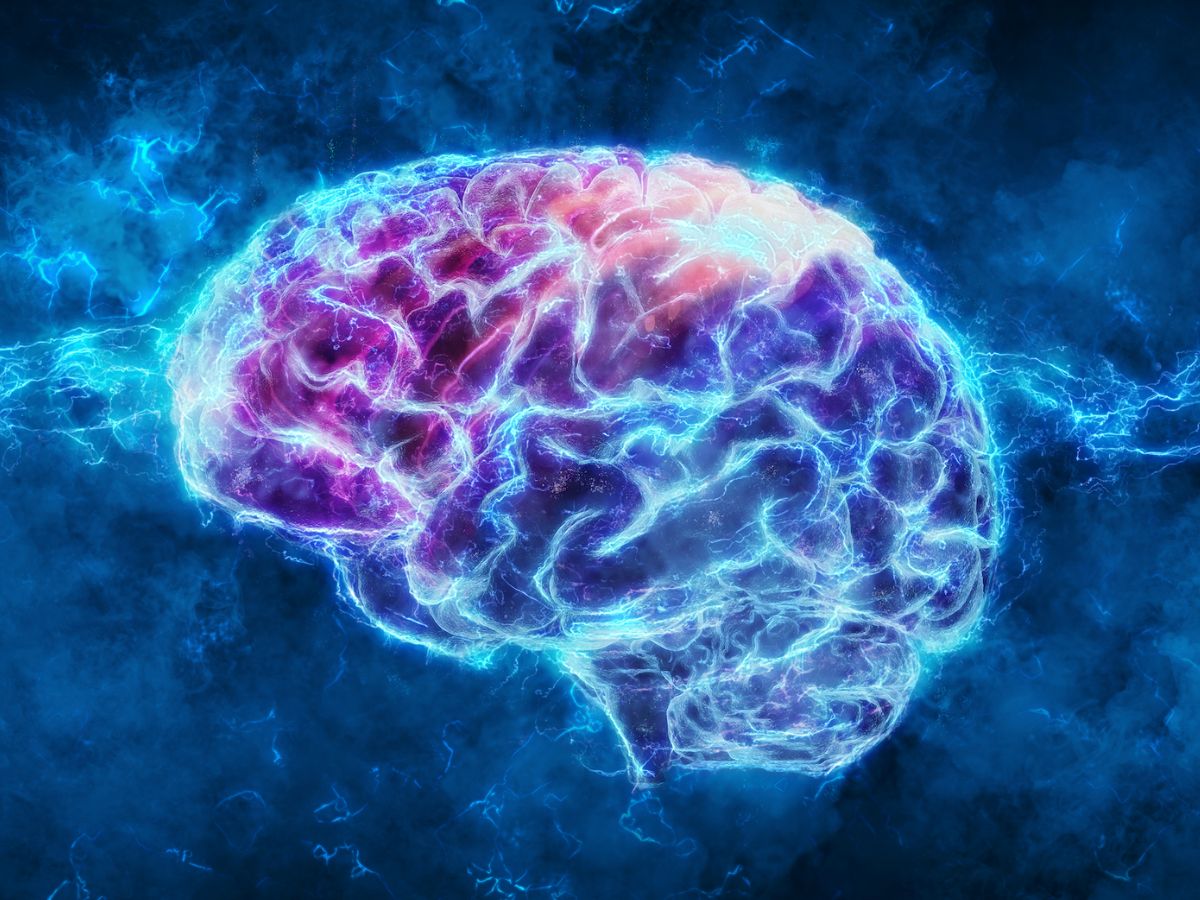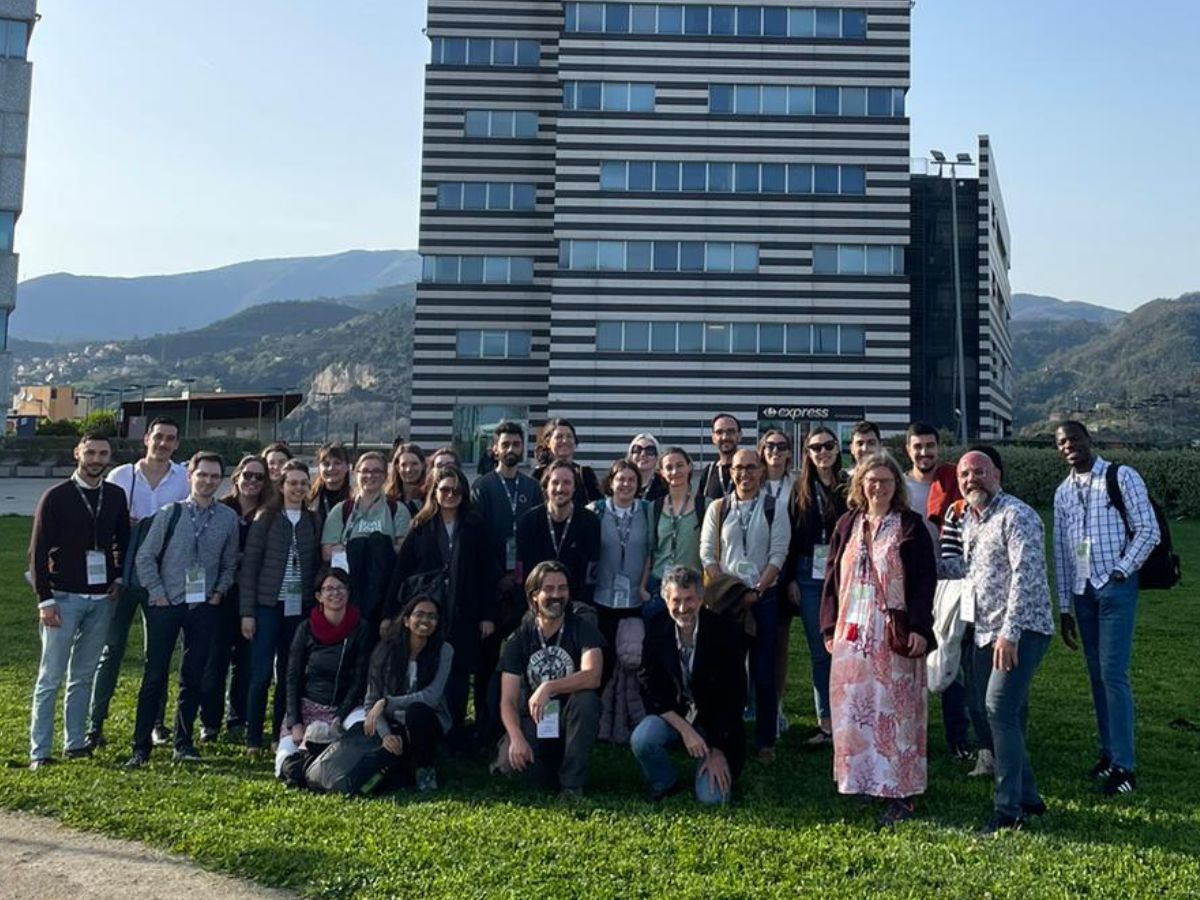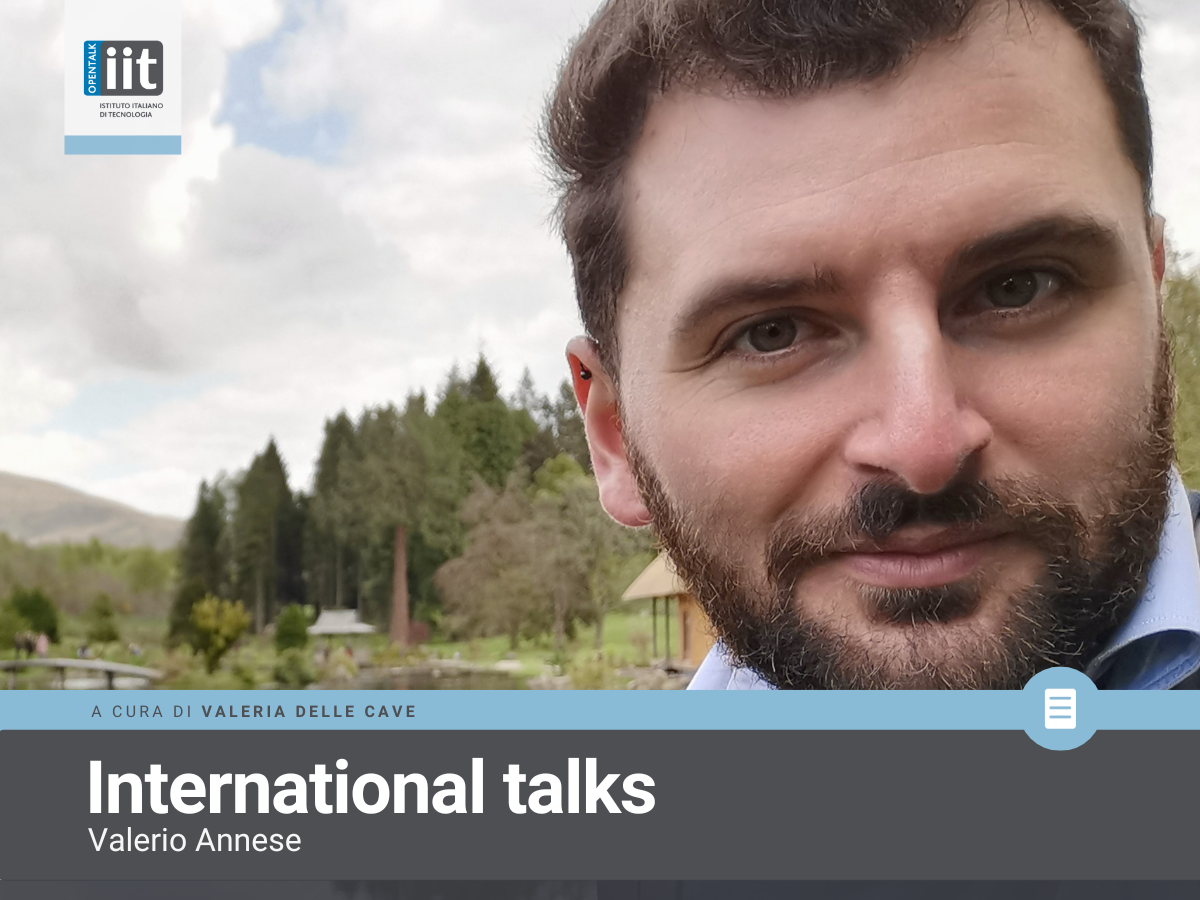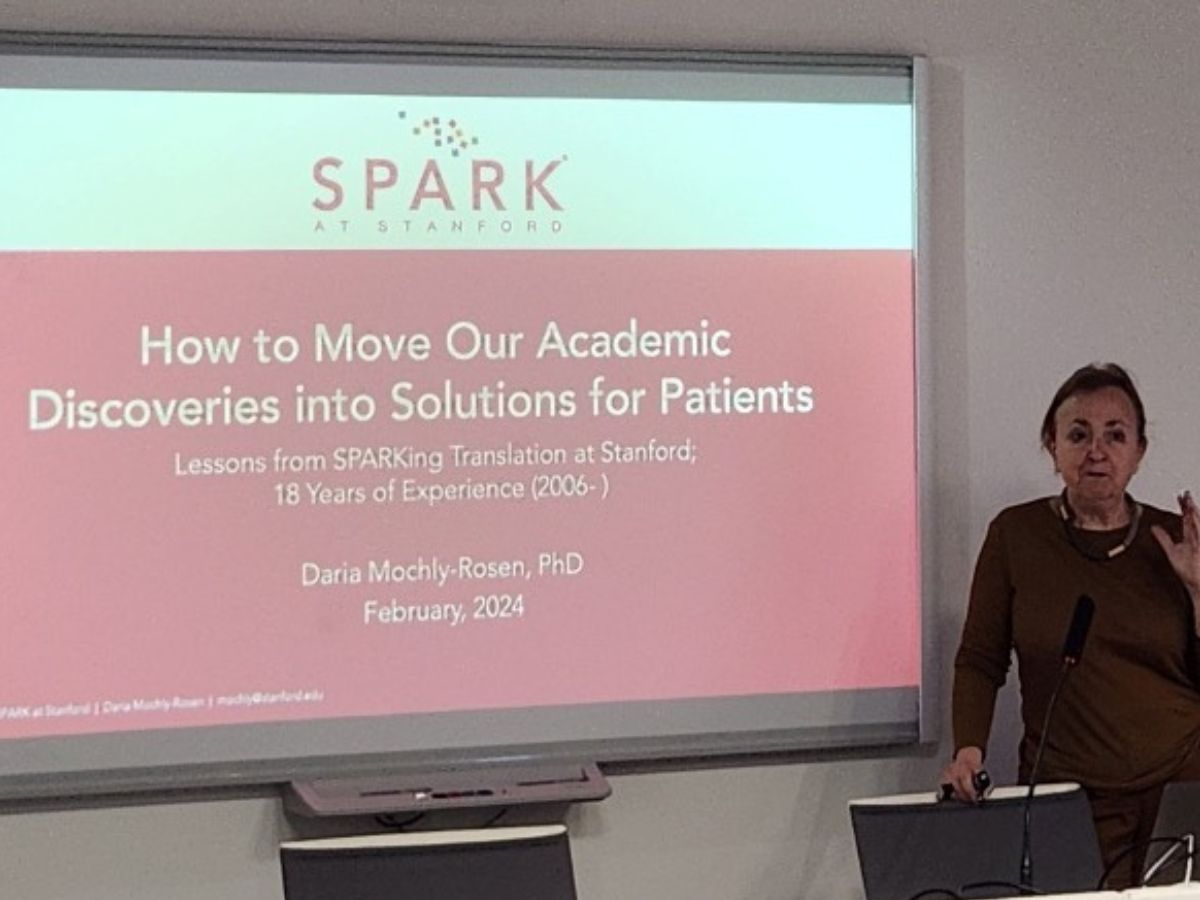Interview with Cecilia Laschi, Professor at the National University of Singapore
In 2015 Robohub named her as one of the most influential women in robotics, together with Barbara Mazzolai, with whom she has been friends for many years, demonstrating Italy’s primacy in an innovative sector such as soft robotics. Cecilia Laschi, professor on sabbatical at the Scuola Superiore Sant’Anna research university, has been a Professor at the National University of Singapore, in the Department of Mechanical Engineering, since November 2020. On 28 July, she will be among the speakers at the meeting ‘Artificial Intelligence and Robotics in the perspective of social challenges’ organised by IIT as part of the special G20 event.
A few months ago you moved from Italy to Singapore. How do society and politics view robotics and artificial intelligence, two disciplines that are so topical and increasingly strategic on the international scene?
Overall, Singapore is more advanced in the process of digital transformation. Digital technology is widely used in all aspects of daily life, from shopping to transport, right through to tracking in the current pandemic. Artificial intelligence and robotics are part of this scenario and national policies include significant investments into research, training and innovation in these areas. Singapore is the second-largest country in the world in terms of robot density, in other words the number of robots with respect to the population, used in industrial manufacturing. Service robotics is also growing and robots are beginning to be used in some areas; for example, they are utilised by the police for surveillance and checks, they are used in clinical facilities for reducing contacts and for disinfection, such as during the pandemic, and they are used in some fields of medicine. The problems caused by an ageing population and the need for care for elderly people are particularly urgent, and robotic solutions are being sought for this aspect.
As declared by speakers at the event, robotics and AI can be used in various contexts, from space exploration to music. What do you think could be the most promising field of application for bioinspired robotics?
Bioinspired robotics is a very broad field based on the use of nature-based solutions to develop various types of robots, or their components. A bioinspired solution may take the form of an actuator, which enables the robot to move, or a sensor, or the robot’s behaviour, with a greater or lesser degree of intelligence. This can be seen in a wide variety of applications. In general, bioinspired solutions refer to abilities that nature has perfected through evolution to provide living organisms with efficacious and efficient behaviour patterns in complex environments, such as those of the real world. Bioinspired solutions can therefore contribute to service robotics, namely the use of robots in our everyday habitat, outside the world of factories. My dream is to see robots that, like living beings, are able to survive in a natural environment, procuring the energy that they need, learning and evolving, understanding things themselves, performing tasks that are not limited to the functions typical of living beings and evolution, namely nutrition and reproduction, but that can be of help to humans, such as monitoring and safeguarding such environments. For example, I think that in the marine habitat, robots inspired by marine species have enormous potential for monitoring and restoring the ecosystem.
This year’s G20 is dedicated to the 3 P’s, People, Planet and Prosperity, a trio that echoes concepts that you and Barbara Mazzolai have always associated with soft robotics, such as in the 2018 proposal for a European Union Flagship project focusing on economic, social and environmental sustainability. Three years later your intuition is still very relevant. Could you tell us more about it?
The vision for the robotics of the future could only start from the concept of sustainability, which should be the guide for technological development. We should reverse the current direction in which social, economic and environmental changes are dictated by technology. In fact, we should define a sustainable scenario, and technological development should adapt and even contribute to this. The concept of sustainability for robotics can take various forms, neatly summarised by the 3Ps. People: we have to redefine social models and develop robots with the resulting capabilities of social interaction, just as we should guarantee their acceptability from an ethical point of view. Planet: while the market for service robotics is in rapid development, now is the time to think about how to ensure that the robots of the future consume less energy, making them energy-independent by means of systems enabling them to recover energy from the environment; how to dispose of them at the end of their life cycle, so that they are recyclable or biodegradable; and how to utilise them to safeguard the planet’s resources. Prosperity: we have to redefine economic models and the world of work, so that we benefit from the work that robots can do and the wealth they can create, instead of fearing them.
Cecilia Laschi, Barbara Mazzolai, Rita Cucchiara, Maria Chiara Carrozza, Barbara Caputo, Agnieszka Wykowska, Cristina Becchio, Alessandra Sciutti, Lucia Beccai, and many other female researchers in a sector that can no longer be described as predominantly male. Do you think that your example is enough to promote greater gender equality?
I think the issue of gender equality is very complex and concerns many sectors. Certainly those of artificial intelligence and robotics present an obvious disparity, for reasons that are difficult to analyse in detail. It is equally clear, on the other hand, that the role model is the most important contribution we can make.
Thinking of the young women who will have to choose a university path in this period, can you tell us when you realised that bio-inspired robotics would be your field of work and what was most important to you in your career?
I personally have never had a clear idea of what my field would be, and I still think about ‘what I will do when I grow up’. In research, career paths are varied and unpredictable. At the time of the important decision that arrives after secondary school diploma exams, I was unable to choose, because I liked many different areas. I knew that I loved science and especially mathematics, and in the end I signed up for one of the first degree courses in computer science, in Pisa. Then, when I was working on my dissertation, I learned more about robotics, doing an experimental thesis at the Scuola Superiore Sant’Anna research university with Prof. Paolo Dario, who has always been my mentor since then. With robotics, I saw how the programming techniques I had learned could become something physical, creating movement in the real world. So I completed a PhD in robotics and began an academic career in biorobotics at the Scuola Superiore Sant’Anna. The ‘bio’ aspect, linked to the field of bioengineering in which my Institute operates, to a degree reconnected me to my original interest in the natural sciences. My message to young people who are wondering about their future is that it is possible to construct most of one’s career path over time, and my advice would be to follow one’s own interests, attitudes and aspirations as much as possible, ready to follow those that may not yet be clear, but that will arrive in due course.





